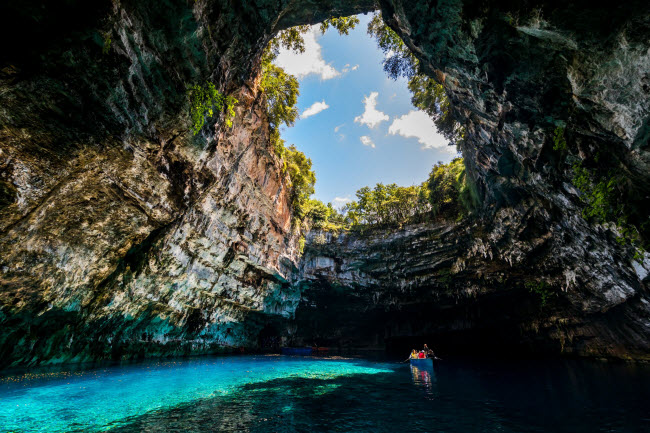 |
Melissani, Greece: Located on the island of Kefalonia, Melissani cave is divided into two parts. The open part of the cave has a skylight at the top to help light penetrate inside. The remaining part of the cave is very dark and covered with moss, algae and stalagmites. |
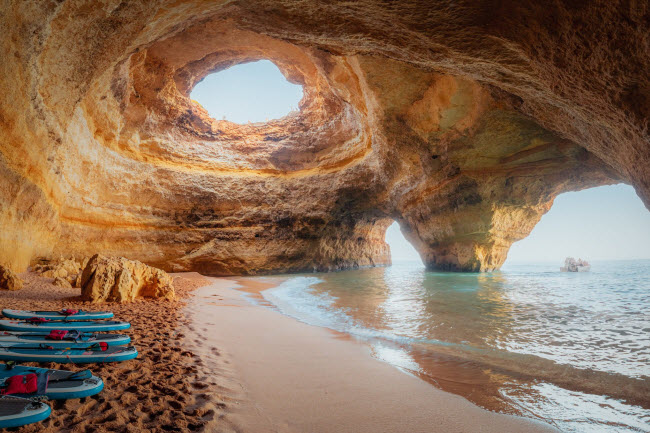 |
Benagil, Portugal: The ocean currents off the Algarve coast are very strong, so many tourists paddleboard or take a boat to explore Benagil cave instead of swimming to avoid danger. |
 |
Saeva Dupka, Bulgaria: The cave in northern Bulgaria is named after two brothers Seyu and Sae. They are said to have hidden in the cave during the Ottoman invasion of Bulgaria. This place has an ideal space for concerts. |
 |
Reed Flute Cave, China: The name of the cave in Guilin city comes from the fact that locals used reeds growing outside the cave to make flutes. The space inside becomes sparkling and magical when stalagmites and stone pillars are illuminated with colorful light. |
 |
Jenolan, Australia: The cave located on Blue Mountain is one of the most attractive tourist destinations in the state of New South Wales. This is one of the world’s oldest cave systems, with underground rivers and limestone crystal formations. |
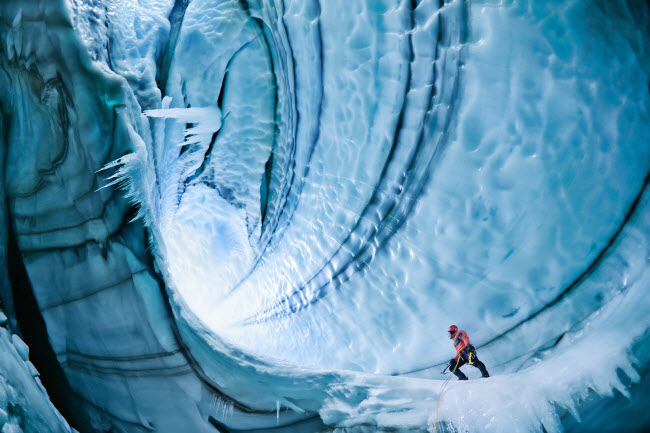 |
Langjokull, Iceland: Huge ice cave looks like a wave, formed from hot springs under the glacier. |
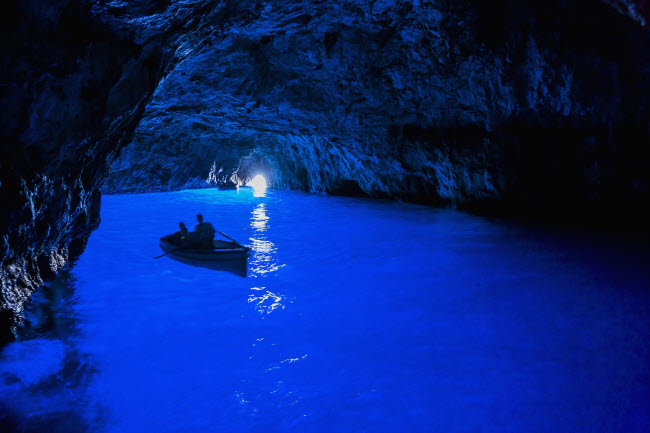 |
Grotta Azzurra, Italy: Located on the island of Capri, Grotta Azzurra cave has magical clear blue water when naturally lit from the outside. |
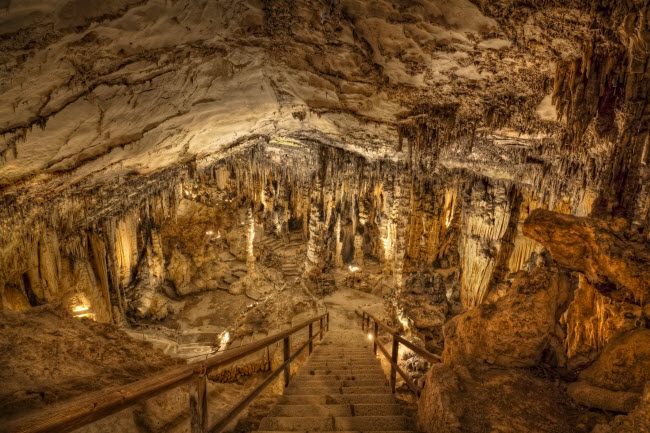 |
Arta, Spain: Huge stalagmites on the ceiling of a cave in Mallorca create stone structures that look like cathedrals. |
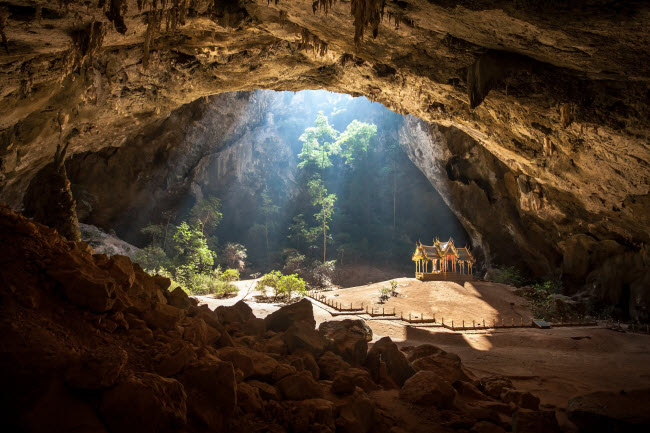 |
Phraya Nakhon, Thailand: Phraya Nakhon Cave is located in Khao Sam Roi Yot National Park in Khiri Khan Province, Thailand. In the morning, sunlight shines down on the small hall at the bottom of the cave. The building was built in 1890 when King Chulalongkorn visited this place. |
 |
Diros, Greece: This cave was discovered in 1958, with many beautiful stalagmites and stalactites. Visitors can row boats to explore inside the cave. |
 |
Devetashka, Bulgaria: The giant cave in Bulgaria was once home to thousands of people. Today, this place is home to about 30,000 bats. The top of the cave has 7 skylights that help light shine inside. |
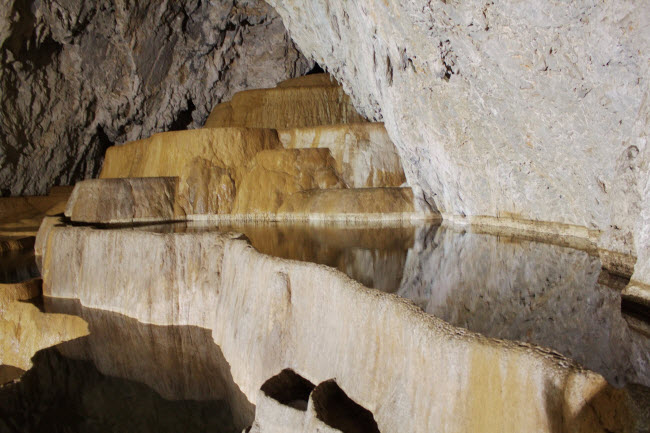 |
Stopića, Serbia: The most attractive feature of the cave on the bank of the Prištavica river is the underground waterfall about 10 meters high. |
 |
Woolshed, Australia: The cave was formed on a cliff due to the impact of ocean waves over a long period of time. Visitors can explore the cave from Talia beach or from the nearby crater. |
 |
Algar do Carvão, Portugal: Algar do Carvão Cave is an ancient volcanic vein located in the middle of Terceira Island. The entrance of the cave has many trees, making visitors feel like they are entering a forest. |
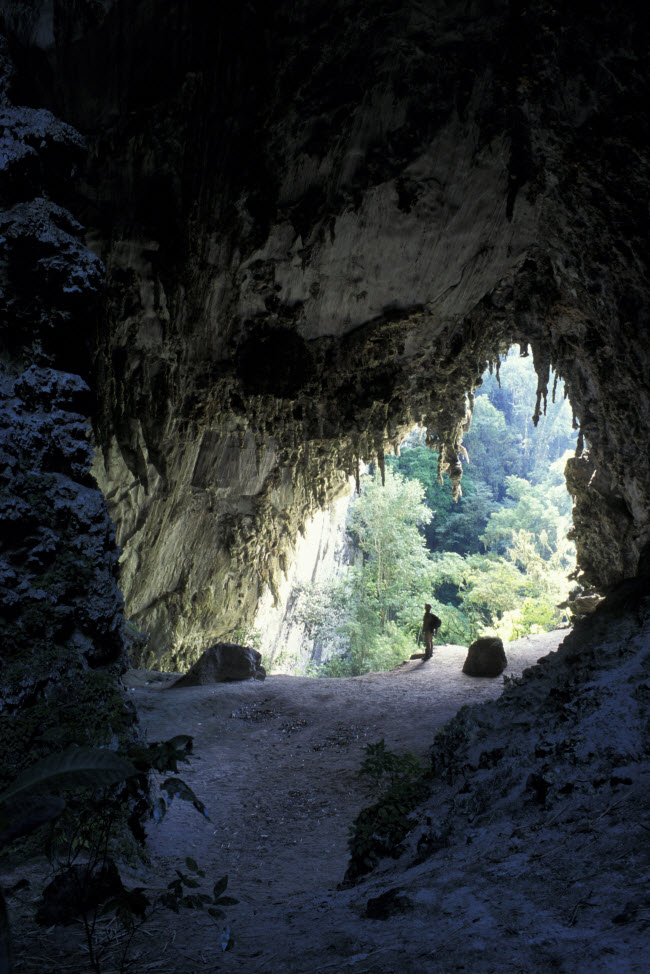 |
Temimina, Brazil: This is a small cave located in Alto Ribeira National Park in São Paulo. This nature reserve is famous for its many caves. |
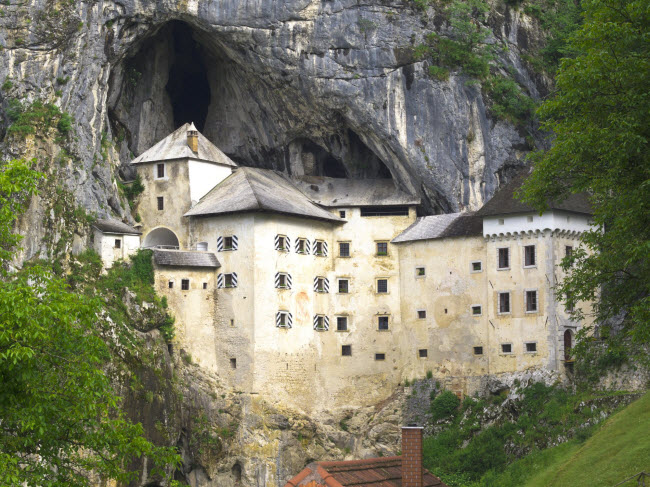 |
Postojna, Slovenia: In front of the cave is Predjama Castle built on a cliff. Under this castle is an underground structure with secret tunnels. |
 |
Cango, South Africa: Cango is the largest cave system in Africa. It was discovered by a local farmer in 1780 in Oudtshoorn, South Africa. |
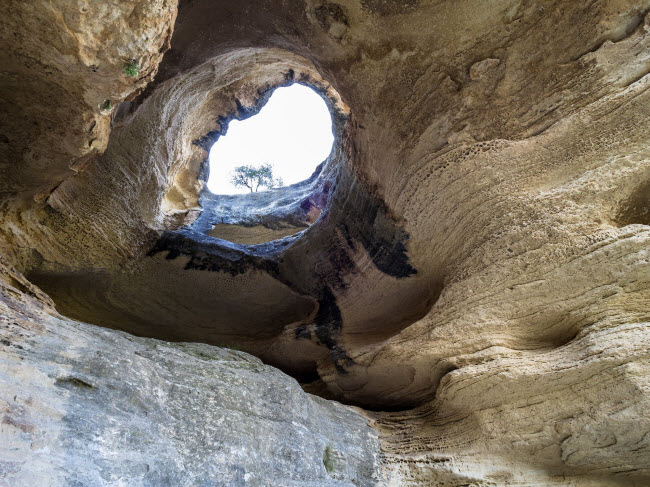 |
La Cueva Horadada, Spain: The cave has a wide entrance and hexagonal inner walls due to wind erosion. |
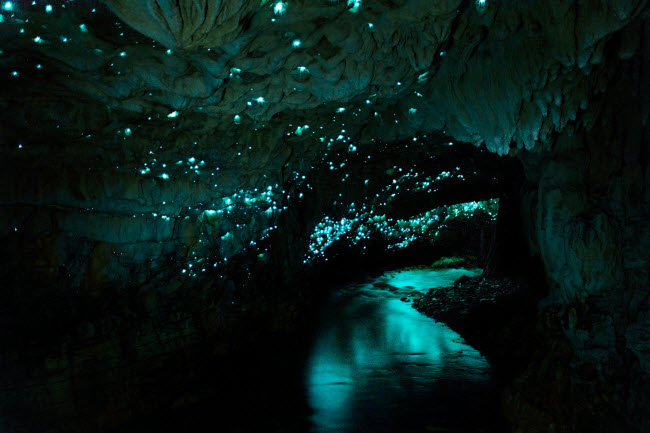 |
Waitomo, New Zealand: This cave is famous for thousands of fireflies perched on the walls, creating a sparkling and magical space. |
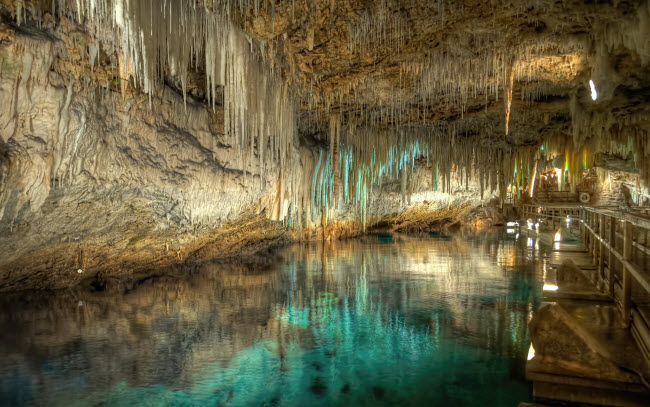 |
Crystal, Bermuda: Crystal Cave is one of the most famous natural wonders in Bermuda. It was formed during the Ice Age and the lake is connected to the sea outside. |
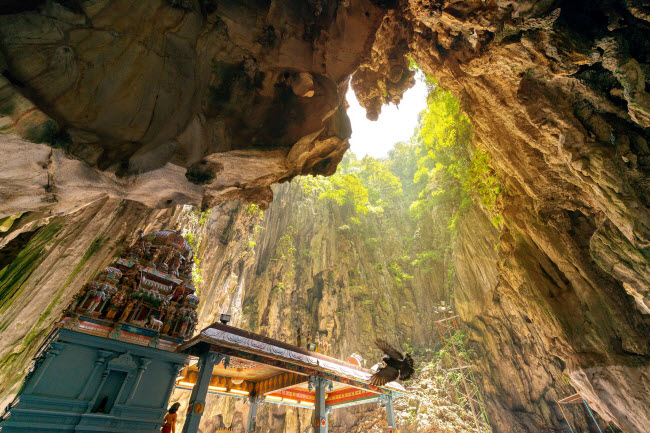 |
Batu, Malaysia: Batu cave system includes 3 large caves and many small caves located on a limestone hill. The 100-year-old cave temple is an important Hindu religious building. |
 |
Fingal’s, Scotland: The most unique feature of Fingal’s cave is the hexagonal stone pillars on the wall. They create a path, helping visitors easily explore inside the cave. |
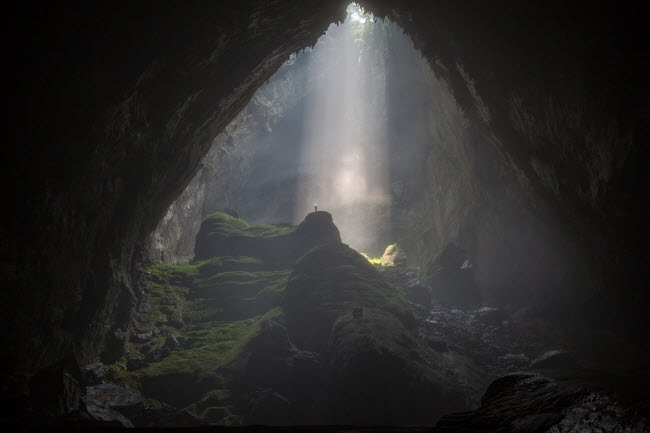 |
Son Doong, Vietnam: Located in Phong Nha-Ke Bang National Park in Vietnam, Son Doong is the largest cave in the world. It was formed 5 million years ago by river water eroding limestone under the mountain. |
 |
Cueva de los Verdes, Canary Islands: Located on the island of Lanzarote, Cueva de los Verdes cave was formed after a volcanic eruption. During the 16th and 17th centuries, locals used it as a refuge from pirate attacks. |
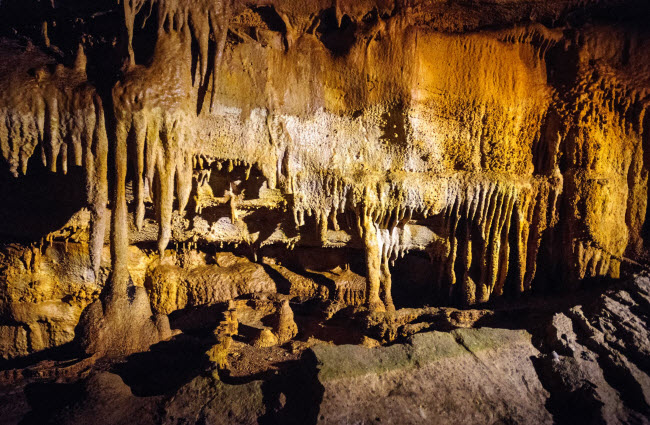 |
Mammoth, USA: Mammoth Cave National Park in Kentucky has the longest cave system in the world. This reserve has dozens of kilometers of natural underground tunnels. |




